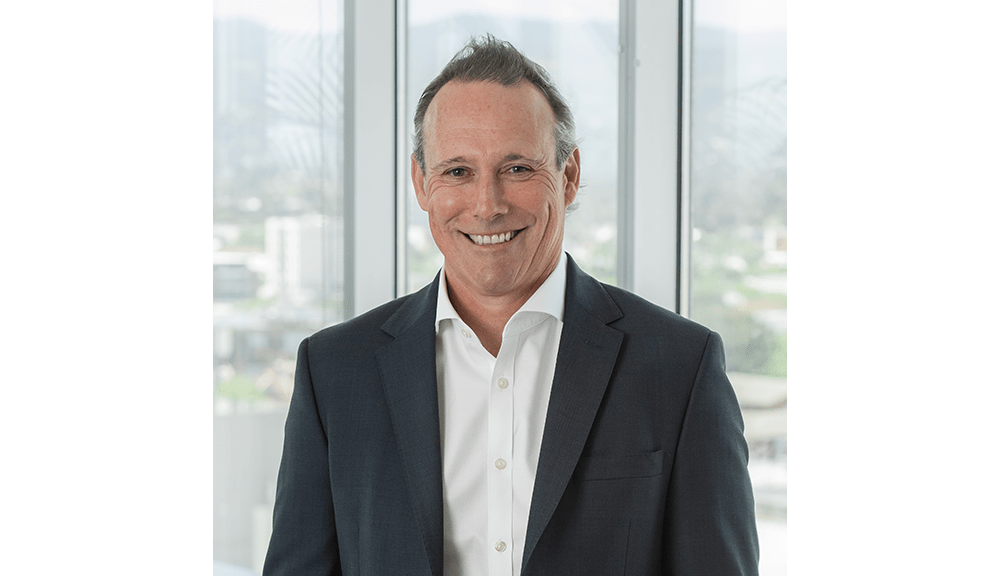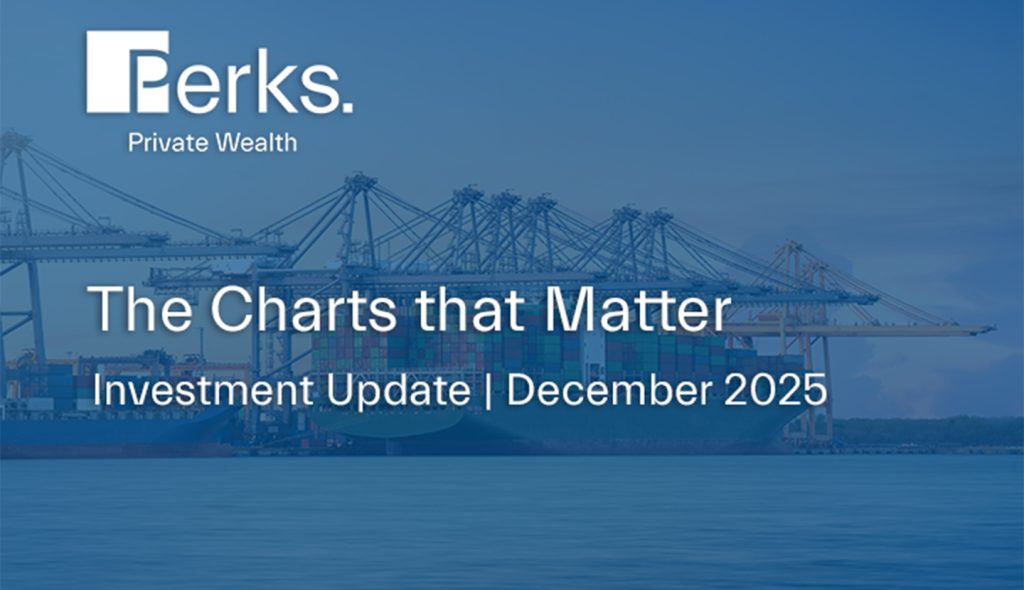Now Is the Time for True Diversification
Posted on 14/7/2025
Private Wealth
Overview:
In today’s economic landscape, resilience, adaptability, and strategic allocation matter more than ever.We’re witnessing a rare convergence of forces: structural inflation driven by prolonged fiscal and monetary expansion, colliding with the deflationary potential of AI-powered productivity gains. Which force will prevail?
In this climate of uncertainty, adaptability and genuine diversification is not just smart – it’s essential for navigating what comes next.

A Market at a Crossroads
We’re witnessing a rare convergence of forces: structural inflation driven by prolonged fiscal and monetary expansion, colliding with the deflationary potential of AI-powered productivity gains. Which force will prevail? In this climate of uncertainty, adaptability and genuine diversification is not just smart – it’s essential for navigating what comes next.
Structural Inflation
The era of cheap money and near-zero interest rates is long behind us, replaced by the persistent presence of structural inflation as a defining force in today’s economy.
After unprecedented levels of monetary and fiscal stimulus, the developed world has accumulated almost insurmountable levels of debt. And when you get this sort of level of debt, there are really only three ways out; austerity, restructuring, or, the most politically convenient method, printing money.
In summary, the key drivers of structural inflation include:
- Demographics: Ageing populations are shrinking the workforce, lifting wages and healthcare costs, while global population growth slows.
- Labour Power: Tight job markets and stronger unions are pushing wages higher.
- De-globalisation: Global trade which led the global economy to prosperity since 1945, has ended. Reshoring of supply chains and geopolitical tensions are raising costs.
- Decarbonisation: The transition to net zero is capital-intensive and likely to cause supply constraints while demand remains high.
- Fiscal Dominance: Governments prioritising fiscal spending in domestic energy infrastructure, strategic energy reserves, and defence are politically necessary, but inflationary.
- The “Big, Beautiful Bill”: The U.S. fiscal package is projected to add $3.3 trillion to the U.S. budget deficit over the next decade.
- Tariff Escalation: Trump’s protectionist tariffs on key trading partners are raising input costs and disrupting supply chains.
- Debt Monetisation: High government debt levels leading central banks to print money, expanding the money supply seeking to inflate away deficits.
AI vs. Inflation
When central banks print more money than productivity grows, you get inflation. But AI is reshaping productivity – just like the printing press, steam engine, and internet before it. But its benefits won’t be evenly distributed.
- Productivity Gains: AI will reduce the cost of producing goods and services by automating tasks and enhancing efficiency (fewer humans needed, faster production).
- Labour Disruption: AI will displace some workers, putting downward pressure on wages in certain sectors, adding deflationary pressure.
- Lower Marginal Costs: Software and AI scale at near-zero marginal cost, reducing pricing power for some businesses, leading to lower prices for consumers.
- Geopolitical Impact: AI is central to global power dynamics, especially US-China rivalry.
The development and deployment of AI will have profound implications for our economies, markets, and the balance of power in the world.
Short-term deflation from AI adoption is colliding with structural inflation. There’s likely to be volatility in inflation readings; periods of tech-driven cost reductions, offset by rising costs in non-automatable sectors including energy and housing.
Structural inflation is likely to dominate over time due to monetary and fiscal dynamics, but AI will moderate inflation in specific sectors, creating dispersion in prices. Those who adapt will gain wealth and influence. Those who don’t will fall behind.
Lessons from History
People often think that if something comes in that’s new and brilliant, you don’t have to worry about a bubble. They assume bubbles only happen when something is overhyped but not truly useful. But history shows the opposite: the more powerful and promising a new technology, the more likely it is to attract too much investment, which is how bubbles form.
Take railroads during the industrial revolution. Everyone could see they were going to change everything. So investors rushed in, expecting big returns. But instead of building one railway line between major cities, they built six. Most were unnecessary, and many investors lost money – even though the technology itself was transformative.
The same thing happened during the dot-com boom. The internet was clearly revolutionary. But that didn’t stop companies from popping up everywhere, and most failed quickly. Even Amazon, one of the few long-term winners, lost over 90% of its value before recovering.
Now we’re seeing the same excitement around AI. It’s clearly important, and everyone – from everyday investors to the biggest tech companies – are pouring money into it. The spending is massive. Companies like NVIDIA are making billions selling the chips that power AI, and the “Magnificent 7” tech giants are investing like never before.
AI is unique because it’s pulling all the major tech players into the same race. In the past, each had their own niche – search, e-commerce, social media, iPhone, software. Now, they all want to lead in AI. That means more competition, more spending, and potentially more risk.
As humans, we tend to focus on good news and ignore warning signs. They assume today’s conditions will continue forever. But economic data is softening, growth is slowing, job markets are weakening, profit margins are shrinking, and global trade is declining. Climate change, ageing populations, and geopolitical tensions are adding pressure.
Meanwhile, markets are hitting record highs. Last week, NVDIA’s market capitalisation reached a historic US$4 trillion – equivalent to 2.3x the total value of the ASX200 and approximately 30 times the size of Commonwealth Bank (CBA). Are we ignoring the signs?
The big question is: can AI’s productivity gains outweigh these economic challenges? And if not, are today’s sky-high valuations justified?
True Diversification
Many investors assume they’re diversified simply because they hold a mix of shares, bonds, and property. But diversification isn’t about quantity – it’s about correlation. Holding twenty Australian stocks that all move in the same direction isn’t diversification; it’s concentration in disguise. This kind of superficial diversification can feel safe, but often unravels when markets turn volatile. The term ‘diworsification’ comes to mind.
At Perks, we take a deeper approach. We believe true diversification isn’t about owning more assets – it’s about having more sources of return and risk.
Think of the global economy like a machine with moving parts. At different times, different parts perform better or worse depending on where we are in the cycle. Every asset is influenced by key forces – growth, inflation, interest rates, productivity, debt cycles, and government policy. These are the real drivers of price movement.
When you understand how your investments respond to these forces, you start to see their true purpose. They’re not just things you own – they’re tools that react to changing conditions. Your job as an investor isn’t to predict every twist and turn, but to build a system that can adapt no matter what happens. That’s especially important today.
True diversification means owning assets that behave differently to different environments. When one investment is down, another should be up. This isn’t just theory – it’s been proven over decades. The maths of compounding shows that avoiding big losses is more important than chasing big wins.
At Perks, we focus on:
- Economic drivers: We look at how assets respond to forces like growth, inflation, and interest rates.
- Avoid superficial diversification: We don’t confuse variety with balance. Ten shares that move together aren’t diversification.
- Designing for resilience: We build portfolios that can handle surprises and keep compounding over time.
When you build your portfolio around these fundamentals – not hype or guesswork – you gain clarity, control, and confidence. That’s how you protect against the unknown. That’s how you build wealth that lasts.







